You don't know what to give a Japanese child as a gift? We will introduce the newest popular toy items among kids! Chances are you'll be satisfied!
Índice de Conteúdo
How do Japanese children have fun?
Some people will immediately think of computer games and other outdoor activities such as soccer, cycling or tennis. But forms of entertainment vary depending on the country and season. Japanese games and activities will be featured in this article, choose one and let the fun begin!
japanese toys
Some educative toys Japanese, like many other elements of Japanese culture, have their origins in Chinese tradition. Games borrowed from foreign neighbors have been enjoyed by successive generations of Japanese over the years, who have modified their original versions, creating their own entertainment tradition.
Despite the growing popularity of computer games and other high-tech forms of entertainment, some games are still enjoyed by modern Japanese children. Discover the most characteristic Japanese toys and see how much they talk about the culture of the Land of the Rising Sun.
1 – Kites – Tako
Kites are thought to have been introduced to Japan by Buddhist monks who came from China in the Nara period (710-794 AD). There are many different styles and types of kites, in fact, each region of Japan has its own characteristic shape. The decor usually depicts characters from Japanese folklore or has some religious or symbolic meaning.

The article is still halfway through, but we recommend also reading:
2 - Pokemon Card
The latest “Pokémon” premium box contains all the necessary goods for the Pokémon battle, so it is attractive to enjoy the battle. It is also a card game where you can improve your thinking skill by collecting characters and thinking about the conditions for playing the game.
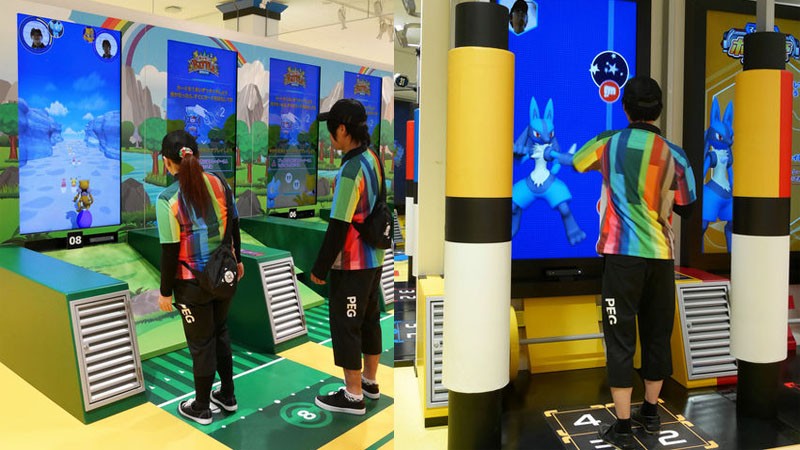
3 - Koma
Koma, or simply a Japanese top, in contrast to the European version, spins powered by a rope wrapped around it. The spinning toy amused the Japanese elite as early as the Heian era (794-1192) and over the centuries it received many different versions. Some whistle, others are used for drawing and still others are used for fun, called beigoma.
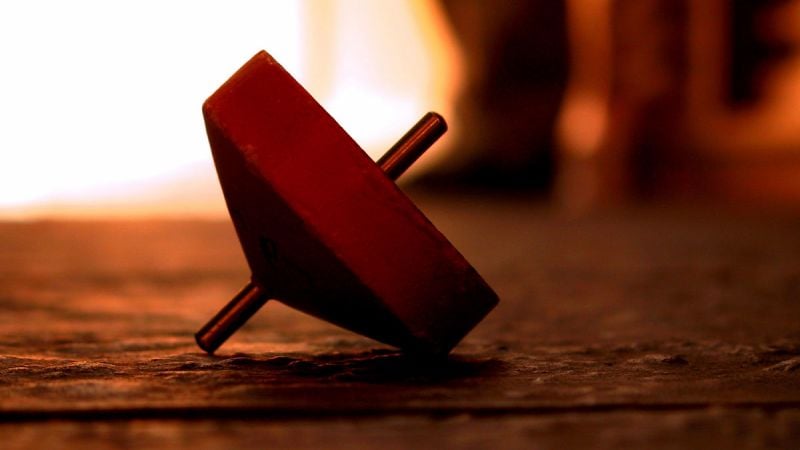
4 - Kendama
This skill toy arrived from Japan from China, but its prototype was most likely created in France.
It consists of a cross-shaped handle with a tip and three bases, and a ball with a hole attached to it by a thread. Despite the simple structure, Kendama allows you to perform around 100 different tricks. Kendama is not just a toy for children, it also has a huge following among adults.
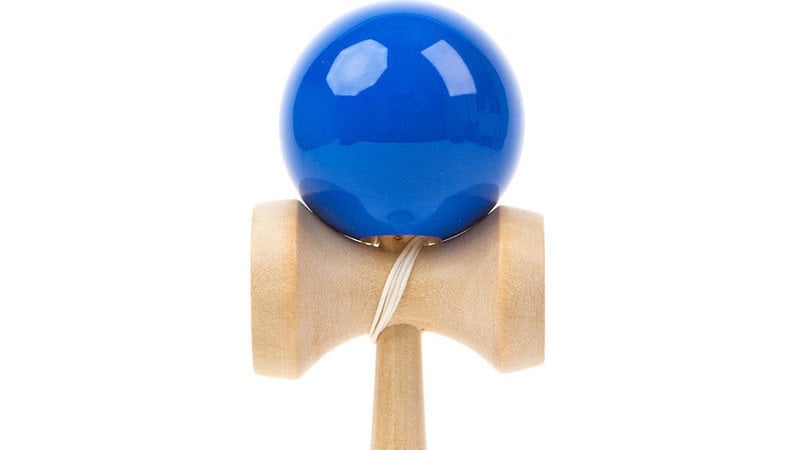
5 – Go (碁)
One of the oldest board games in the world. The game is played on a square board cut by 19 horizontal and 19 vertical lines with white and black stones (flatted 22 mm in diameter and 7 mm in height). Players alternately place stones at the intersections of the lines. The objective of the game is to get as much territory as possible. The captured area consists of open fields well surrounded by their own “rocks”.
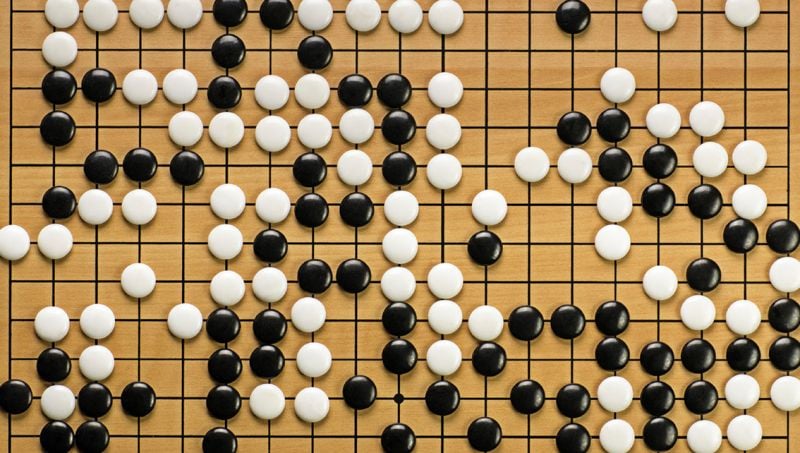
6 – Shogi (将棋)
Shogi is a Japanese chess played on a 9×9 board. The Sente (black) and Gote (white) shogi players each have 20 pawns of slightly different sizes, which are marked with kanji. The game is turn-based. The characteristic of shogi is that it is possible to put one of the “dead” pieces back on the board in place of the next move, and each move must check the king.
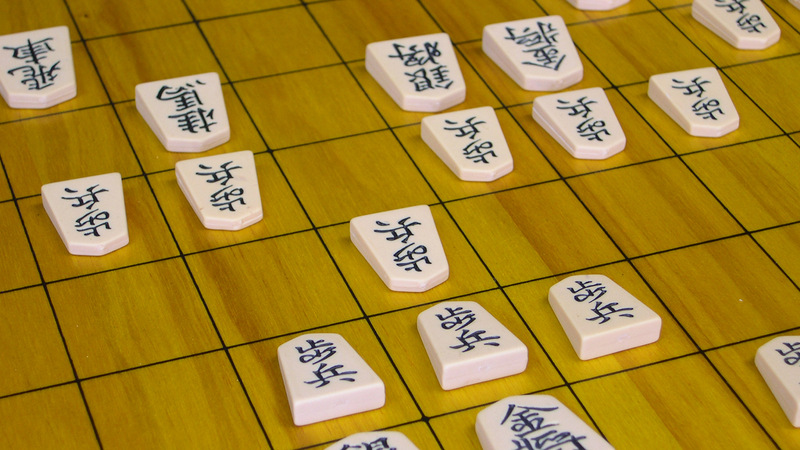
7 - Origami
Among many types of Japanese games, origami, which literally means “folded paper”, deserves special attention. You don't need any special equipment to make origami. All you need is a square sheet of paper and a dose of imagination.
In Japan, the art of paper folding has a very long tradition. Paper decorations accompanied letters and gifts sent by samurai and aristocrats, harking back to this tradition as origami was a popular leisure activity for children. However, Yoshizawa Akira (1911-2005), elevated origami to the level of an art.
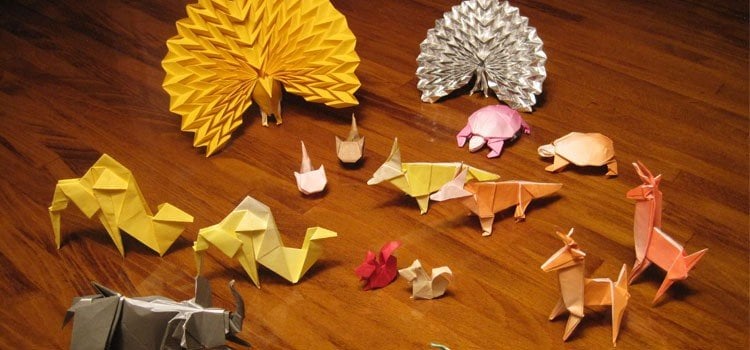
Conclusion
In Japan, for centuries, children have played with kendama or a top, or fly tako kites. Traditional games and toys are passed on from generation to generation.
Some games require dexterity and precision, others require logical thinking and pre-planning of a dozen or more of the opponent's next moves. To become a champion, you need to have patience and at the same time be curious to know how many techniques and ways to play a game can offer!







